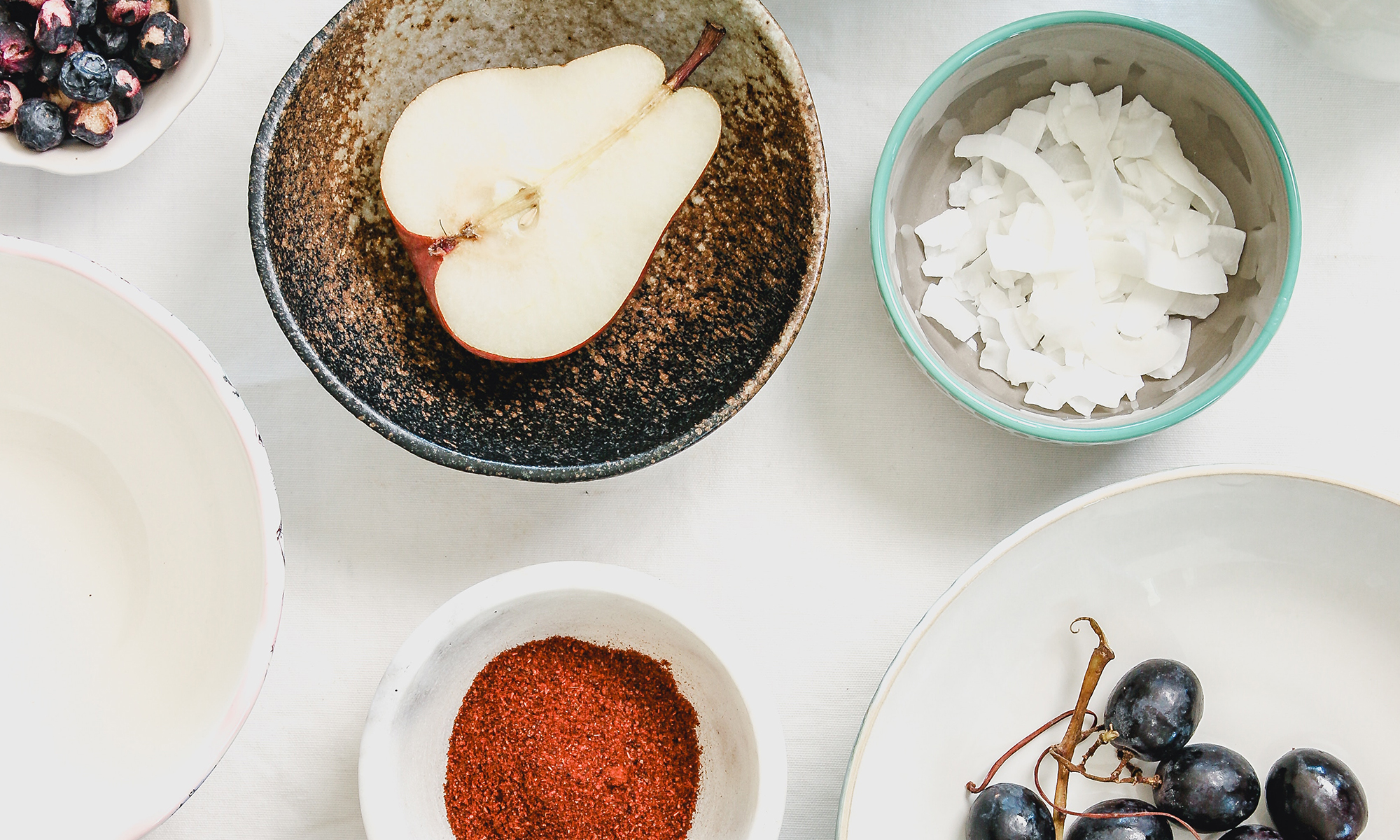So many vegetable conjure up negative emotions – whether it’s Swiss Chard, kohlrabi or beets… people just won’t try this things no matter how hard you try to convince them they’ll like them when prepared properly and well.
For me it’s fava beans. I actually like the taste, but they are (in my opinion) too labor intensive to be worth the effort. Unlike other shell beans, favas require a double-shell…. That is, the beans need to be removed from the pods. Then the beans are boiled to remove the husk off them. Feh.
But when I went to the farmers market last week, I became intrigued. One of the employees of Drumlin Farms was walking around with a long fava bean pod that had black pock marks. She told me, the pock are a sign of properly grown and delicious beans. So I bought a pound.
The extra step of removing the husk added about 10 minutes and an additional pot to the process. Not a big deal when serving 2 people for dinner, but I wouldn’t do this for a large dinner party. And when I go out for dinner I will savor fresh fava beans even more.
Mock Risotto with Fresh Favas and Basil
I had some leftover brown rice in the fridge which, when I started to reheat, released its starches and became creamy. I decided to mix in the fresh favas with some bacon and basil and pretend it was risotto.
3 slices bacon, chopped
1 cup shelled fava beans
2 cups cooked brown rice
1 tablespoon butter
¼ cup basil leaves cut into long strips
Salt, pepper and lemon juice to taste
1. In a large skillet, cook the cook bacon until it releases its fat and crisp. Remove from pan.
2. To the bacon pan, add the favas and ½ cup of water. Cook for 3 minutes. Add the brown rice and continue cooking until heated through.
3. When rice is heated, mix in butter, bacon and basil. Season to taste with salt, pepper and lemon juice.

